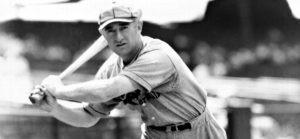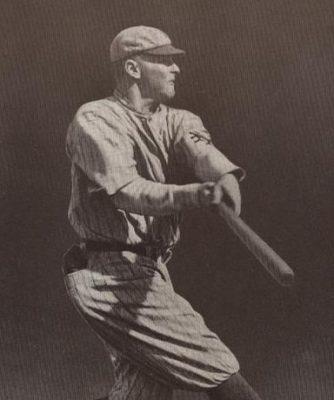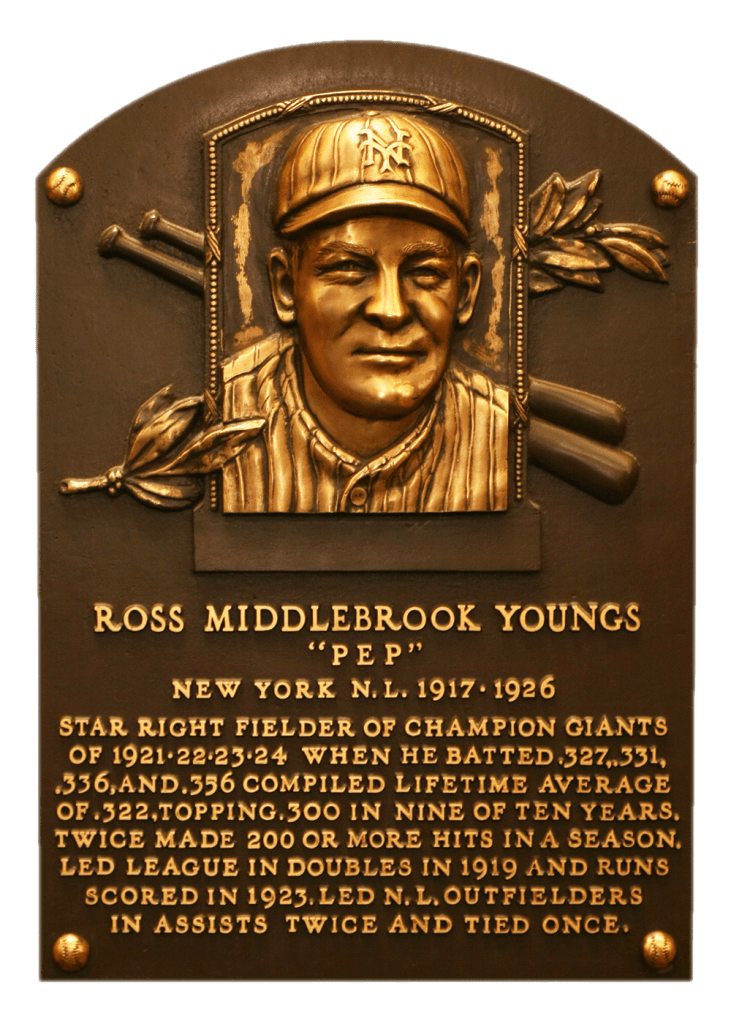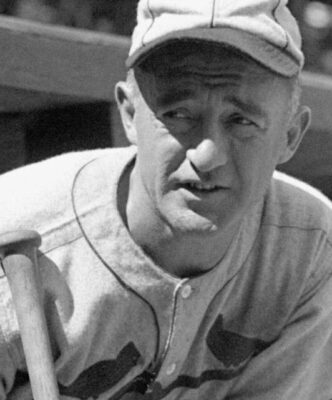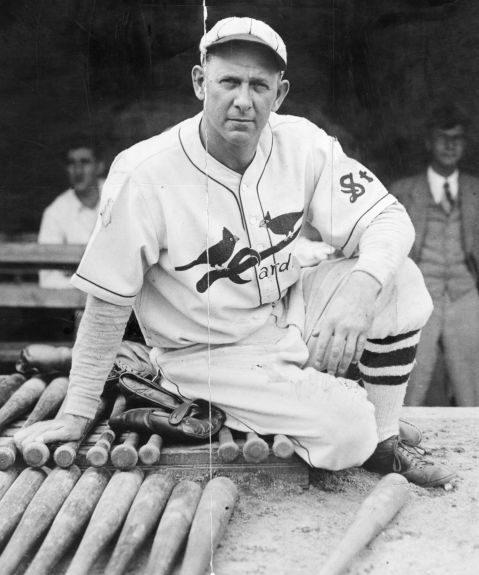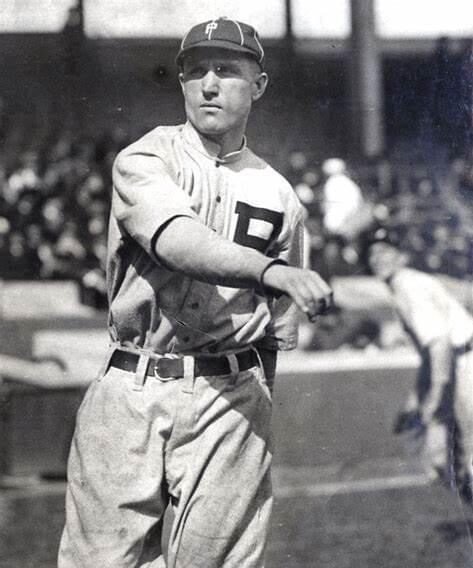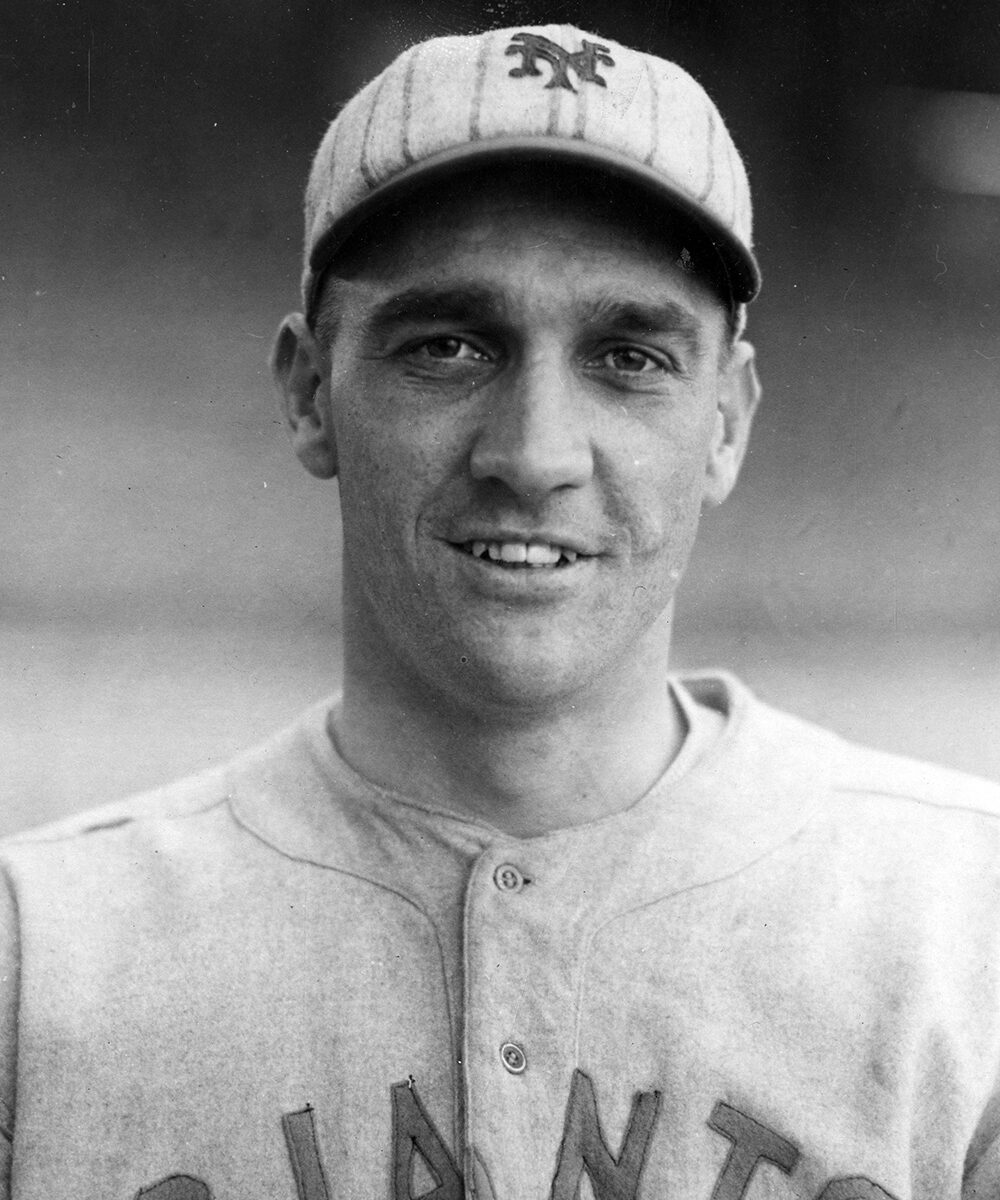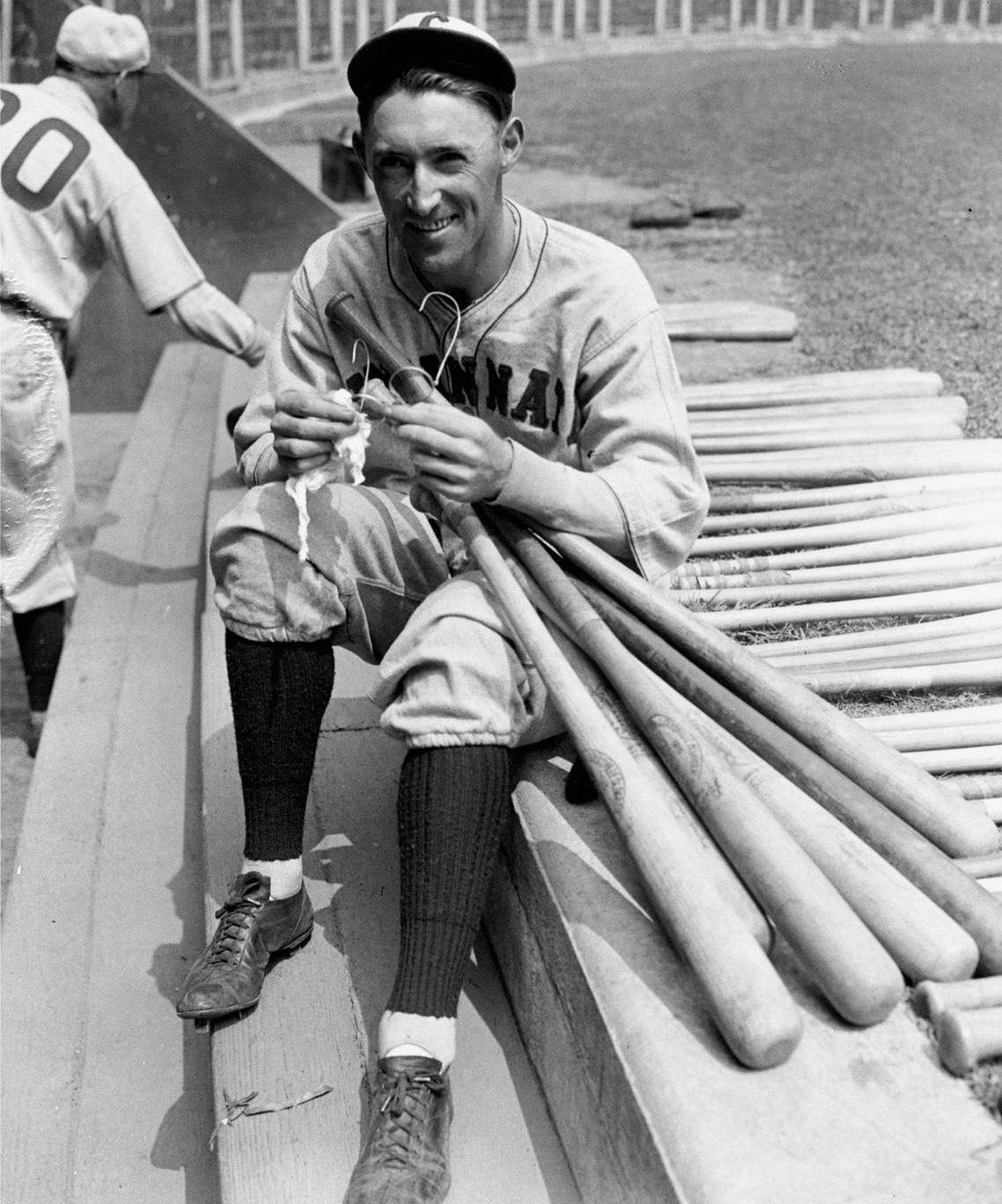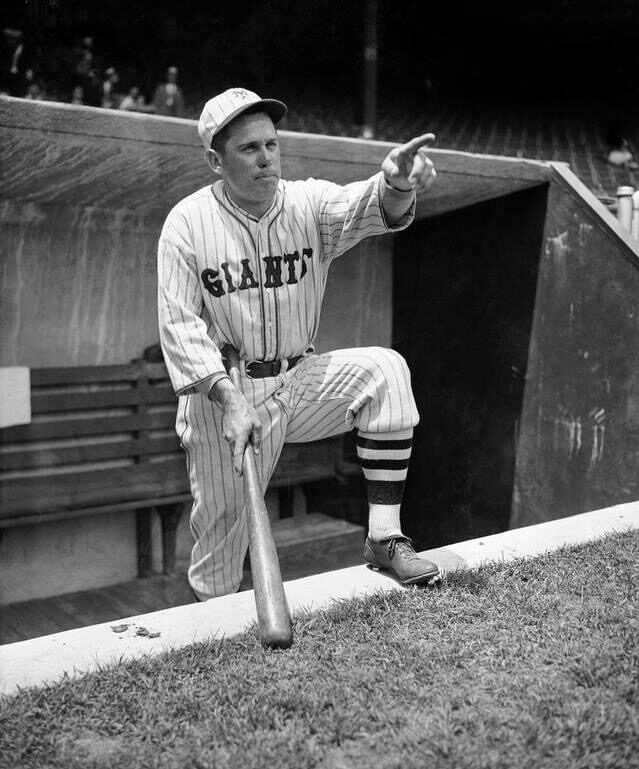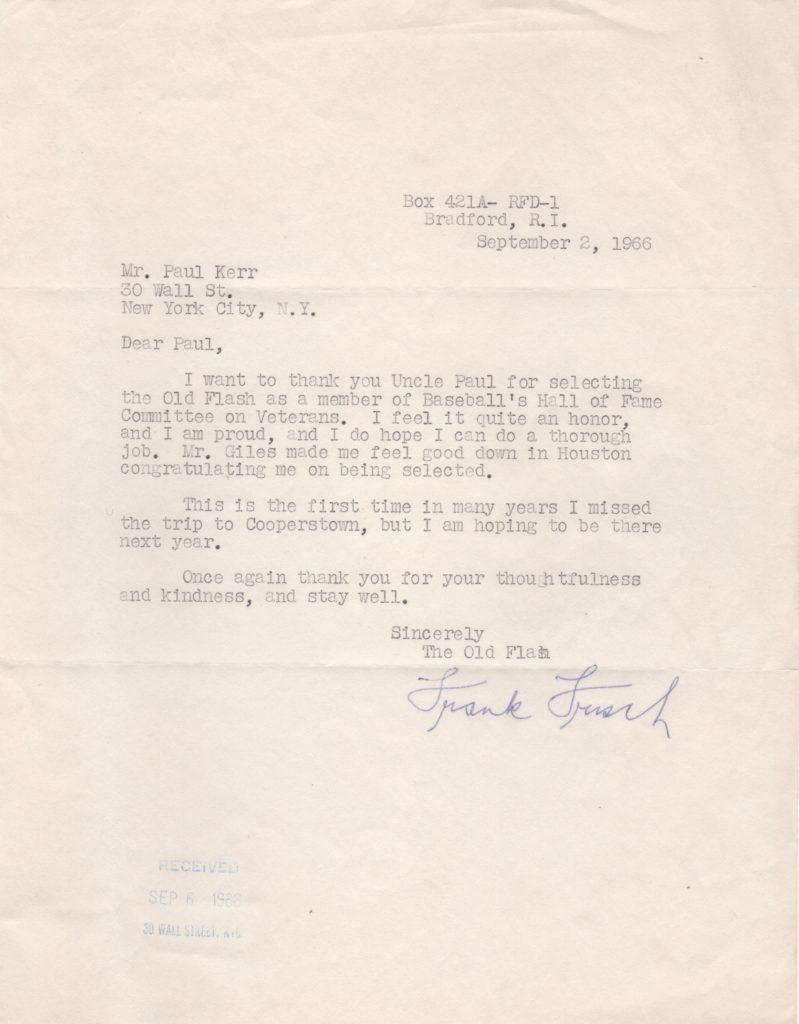
Ross Youngs is often lumped in with some of the least-deserving Hall of Fame selections — George Kelly, Jesse Haines, Chick Hafey, and Dave Bancroft. From 1970-1973, Cooperstown welcomed the four players and Youngs as part of the Veterans Committee selections. Each of the players – Youngs included – was a teammate of committee chairman Frank Frisch.
Frisch had a no-doubt Hall of Fame playing career. He retired as the only man with at least 5,000 plate appearances to hit over .300 from both sides of the plate. Chipper Jones has since accomplished the feat. Frisch’s .316 career average remains the highest among switch-hitters. When the legendary Gas House Gang won it all in 1934, Frisch was their starting second baseman and manager. Everyone greatly respected “The Fordham Flash”.
In 1966, Frisch became a voting member of the Hall’s Veterans Committee. Soon he ascended to the position of committee chairman, wielding his substantial influence to induct men who played alongside him. Frisch’s legacy with the Veterans Committee is a dark chapter in the Hall’s history. He played the leading role in electing former teammates who fall well below Cooperstown standards.
Shown above is a letter written by Frisch to Paul Kerr, president of the Hall of Fame from 1961-1978. Frisch writes, “I want to thank you Uncle Paul for selecting the Old Flash as a member of Baseball’s Hall of Fame Committee on Veterans. I feel it quite an honor, and I am proud, and I do hope I can do a thorough job.”.
The letter continues before Frisch pens his remarkably consistent signature at the bottom. The Old Flash served on the committee from his appointment in 1966 until his death in 1973.
Baseball historians agree that the selections of Jesse Haines (1970), Dave Bancroft (1971), Chick Hafey (1971), Youngs (1972), and George Kelly (1973) are among the most glaring errors in the the history of Hall of Fame.
